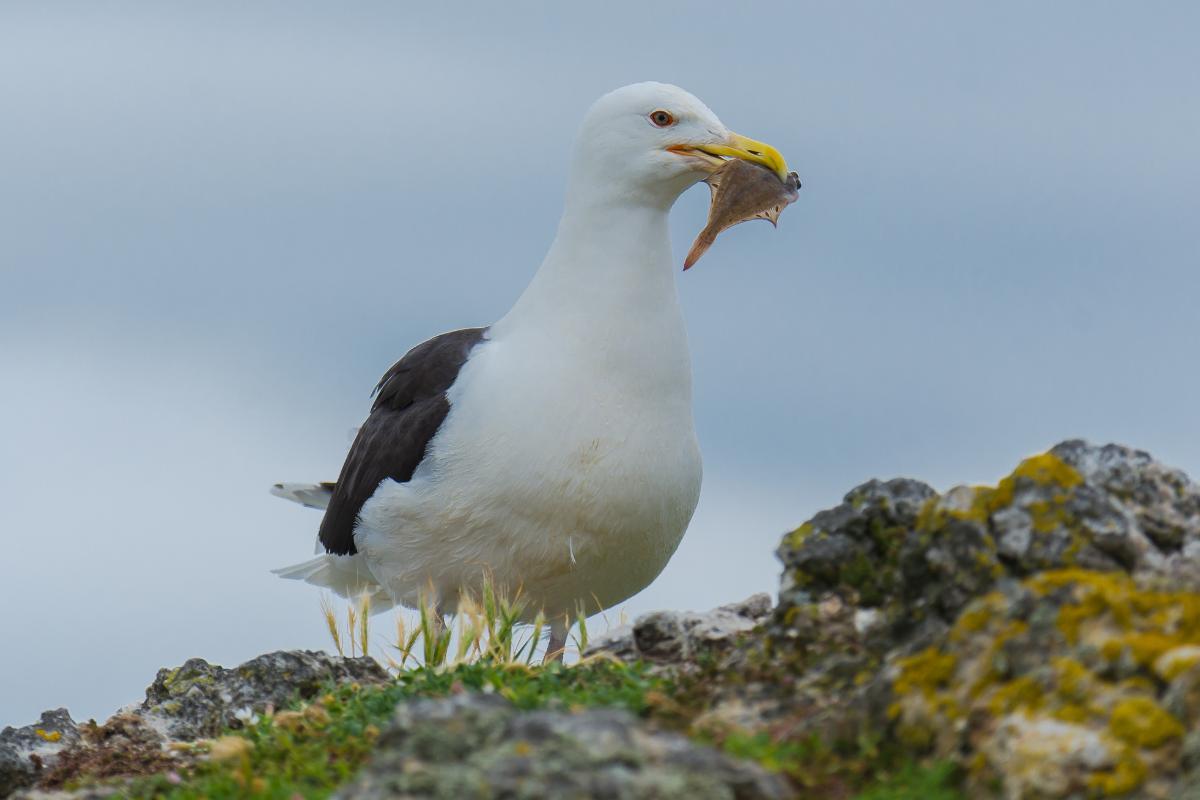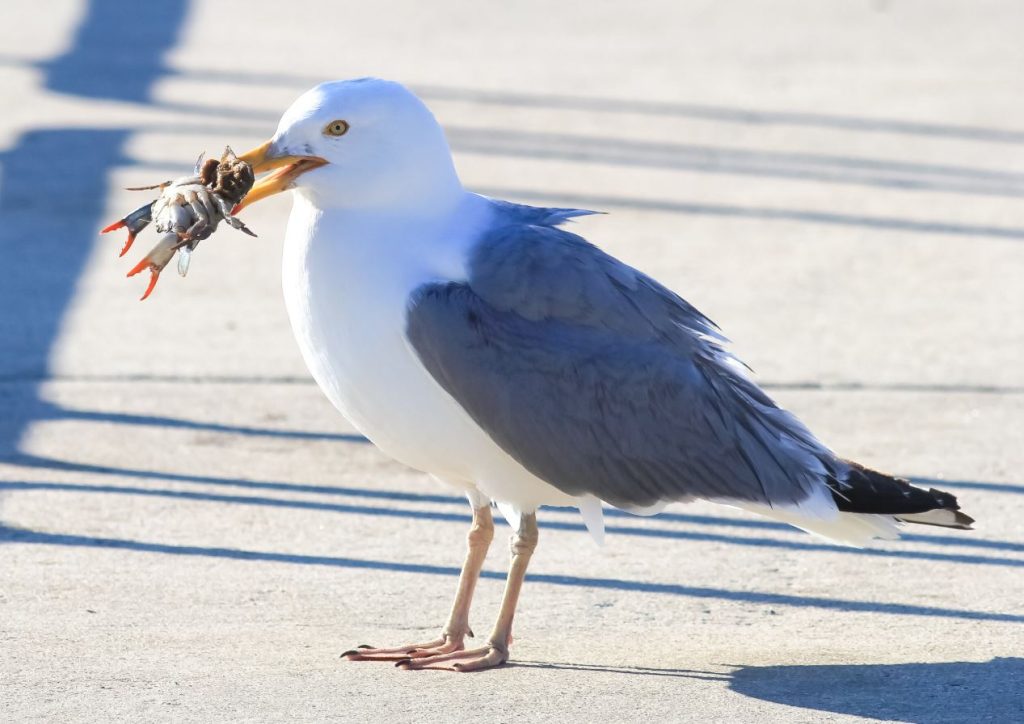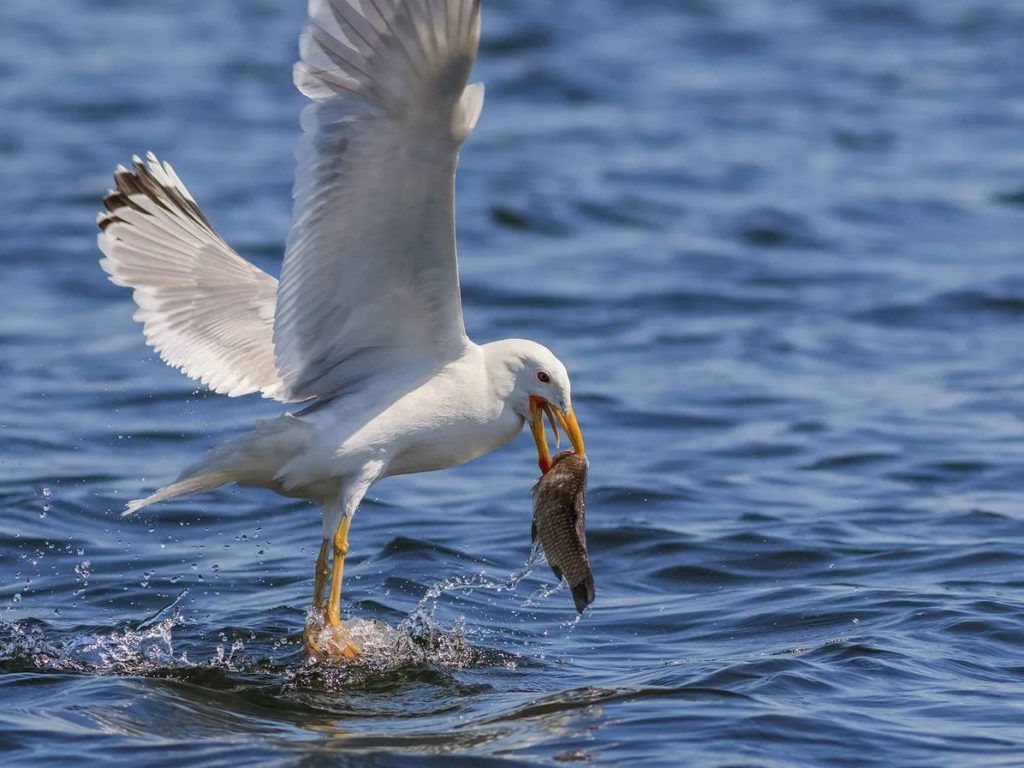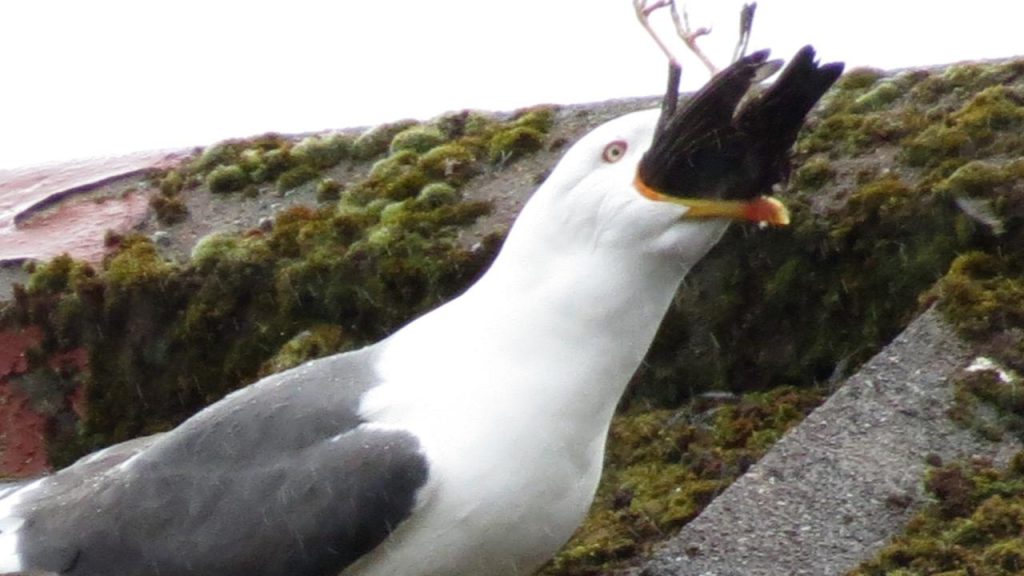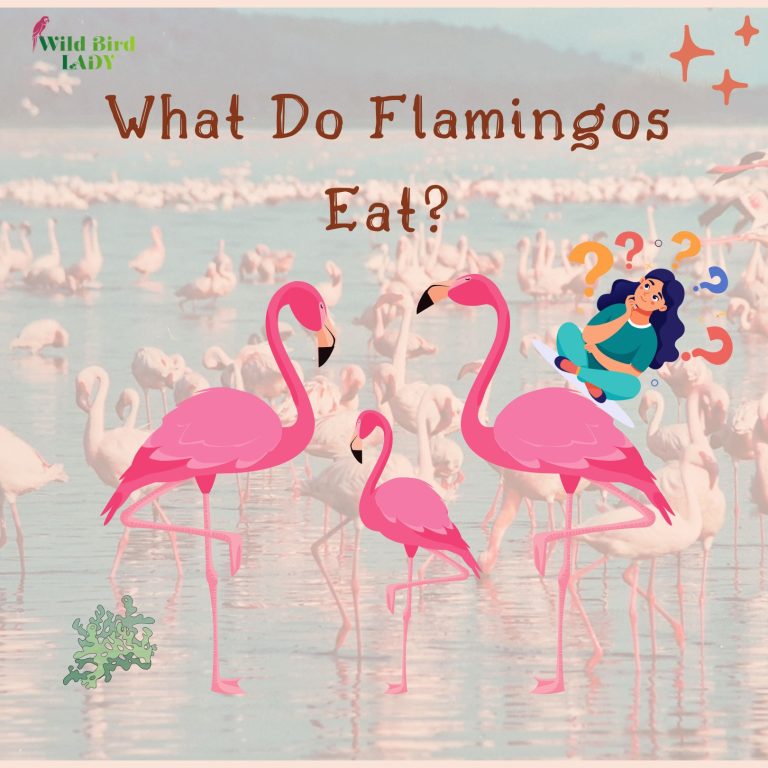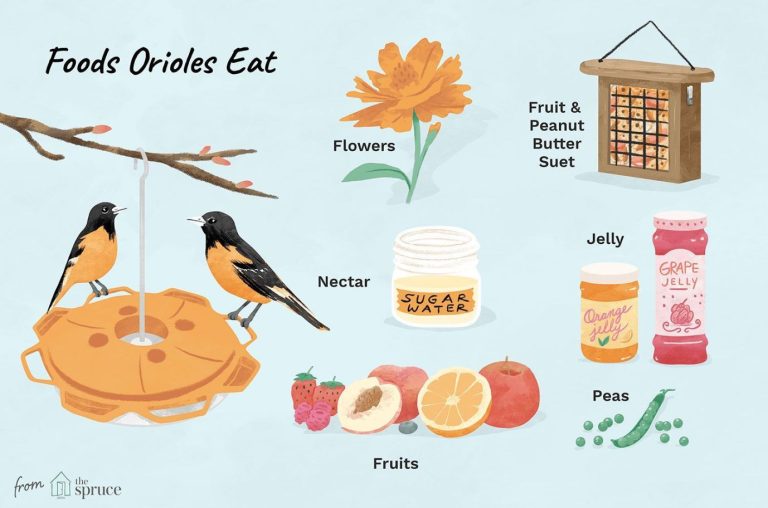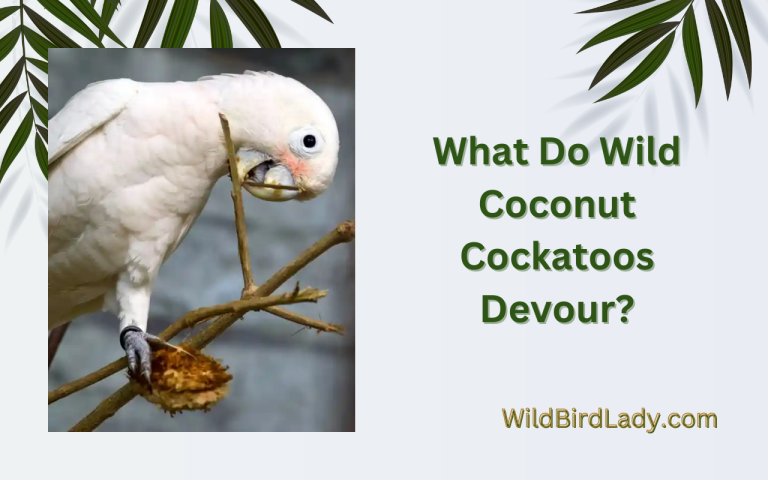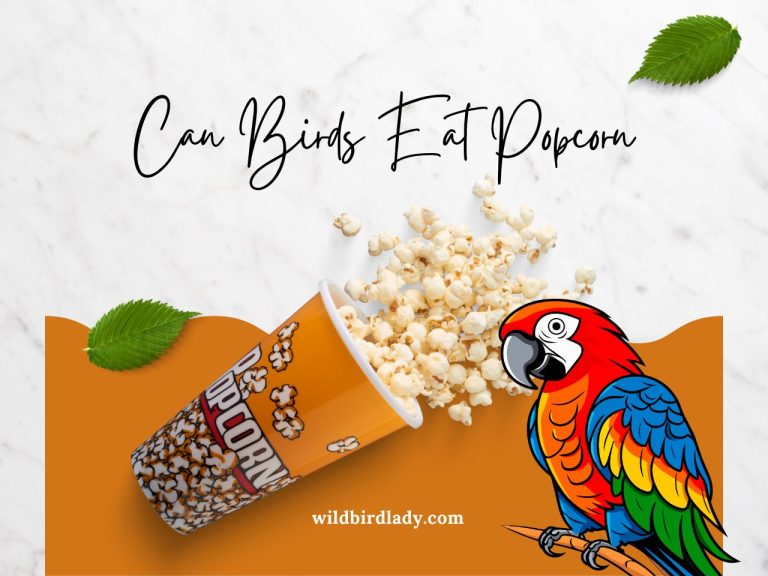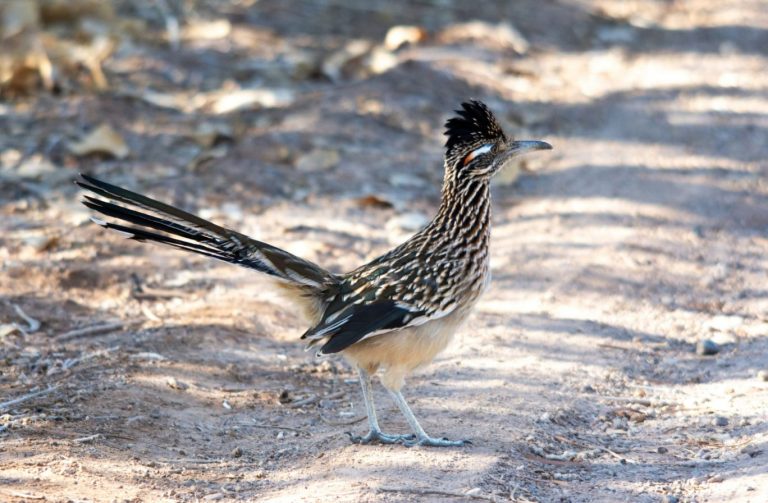What Do Seagulls Eat? A Deep Dive Into the Seagull Diet
Seagulls, often seen soaring above coastlines or scavenging in city streets, are among the most resourceful birds on the planet. Their adaptability to various habitats and food sources has made them successful survivors in both natural and urban environments. But what do seagulls actually eat? In this comprehensive guide, we’ll explore the diverse seagull diet, how it changes with location and season, and what this reveals about their fascinating behavior.
Introduction to Seagull Feeding Behavior
Seagulls, or simply “gulls,” belong to the family Laridae. These birds are known for their intelligence, vocal nature, and, notably, their omnivorous feeding habits. Gulls have strong beaks, webbed feet, and excellent eyesight—an ideal combination for a diverse diet. Whether they’re fishing offshore or dumpster diving inland, seagulls are opportunistic feeders that will eat almost anything edible.
What Do Seagulls Eat in the Wild?
In their natural habitats, seagulls feed on a wide variety of food sources. The specific items in their diet often depend on the species and the availability of prey.
Wild seagull diet includes:
- Fish (herring, mackerel, sardines)
- Crustaceans (crabs, shrimp)
- Mollusks (clams, mussels, squid)
- Insects (beetles, grasshoppers)
- Worms and larvae
- Bird eggs and small chicks
- Marine carrion (dead fish or sea animals)
According to the Cornell Lab of Ornithology, many species like the Herring Gull rely heavily on marine prey but will switch to alternative food sources when needed.
Common Seagull Food by Habitat
Coastal and Marine Areas
- Small fish
- Crustaceans and shellfish
- Seaweed
- Planktonic organisms (in case of juveniles)
Urban Areas
- French fries, bread, pizza crusts, and fast food scraps
- Landfill waste
- Pet food left outside
- Food dropped in parks and beaches
Inland Areas (Lakes, Fields, and Farmlands)
- Earthworms
- Field mice
- Grain
- Crop leftovers
- Roadkill
Gulls are highly adaptable, and in some cities, gull populations thrive primarily off human refuse. This highlights how the seagull diet evolves based on proximity to humans.
Do Seagulls Eat Human Food?
Yes—often too much of it. Seagulls have become infamous for stealing food from beachgoers, rummaging through trash, and loitering near restaurants and boardwalks. While seagulls can digest many human foods, not all are safe or nutritious.
Human foods frequently consumed by seagulls:
- Chips and fries
- Ice cream
- Bread and sandwich scraps
- Cooked meat or seafood
- Cheese and dairy products
⚠️ Feeding seagulls processed food regularly can lead to malnutrition, deformities, and behavioral problems. More on this in section 10.
What Do Baby Seagulls Eat?
Baby seagulls, also called chicks, rely entirely on their parents for food. Adult gulls regurgitate pre-digested food into the chick’s mouth.
Diet of baby seagulls includes:
- Regurgitated fish
- Soft-bodied insects
- Worms
- Small bits of crab or mussel flesh
Chicks begin to peck and forage on their own after a few weeks, gradually transitioning to the adult diet.
Seasonal Changes in the Seagull Diet
Seagull diets fluctuate with the seasons based on food availability.
Spring and Summer
- Active foraging for live prey like fish, insects, and small mammals
- Increased energy needs during breeding and chick-rearing season
Autumn
- Scavenging on washed-up marine carrion
- Foraging in harvested fields
Winter
- Greater dependence on human food waste
- Gulls may migrate to urban areas for consistent food sources
According to research from the British Trust for Ornithology, some gull species have shifted their feeding grounds inland during colder months to access landfills and urban waste.
How Seagulls Hunt and Forage
Seagulls are highly skilled foragers and hunters, using a range of techniques:
- Plunge-diving: From flight, they dive into water to catch fish.
- Dropping shells: Gulls will drop clams or mussels from great heights onto rocks to crack them open.
- Foot paddling: A behavior where gulls stamp their feet on the ground to mimic rain, tricking earthworms to the surface.
- Kleptoparasitism: Some gulls steal food from other birds like puffins or pelicans.
These clever methods demonstrate how intelligent and adaptable gulls are when it comes to sourcing food.
Do Seagulls Eat Other Birds?
Yes, especially large gull species like the Great Black-backed Gull. They have been known to eat:
- Chicks of other birds
- Bird eggs (especially tern and puffin nests)
- Weak or injured birds
This predatory behavior usually occurs when other food is scarce or during breeding season.
Seagulls as Scavengers: Impact on Ecosystems
While scavenging helps gulls survive, their increasing dependence on human waste can cause ecological problems:
- Overpopulation in urban areas
- Aggressive behavior toward other species
- Disruption of native seabird colonies
- Increased plastic ingestion, leading to illness or death
Studies have shown that gulls often mistake plastic for food, which accumulates in their digestive tracts and can be fatal (National Audubon Society).
What Should You Not Feed Seagulls?
Feeding gulls is discouraged in many areas. Some cities have even banned it due to overpopulation and aggressive behaviors.
Avoid feeding gulls:
- Bread (causes bloating and lacks nutrients)
- Chips and fries (high in salt and fat)
- Processed meat
- Dairy products
- Anything moldy or spoiled
Instead, if you’re interested in feeding birds, opt for species-specific feeders and natural foods.
How Their Diet Impacts Seagull Health
A gull’s health is deeply tied to what it eats. Gulls living primarily off processed foods show higher rates of:
- Feather deformities
- Reduced fertility
- Joint issues from obesity
- Stunted growth in chicks
Moreover, exposure to food waste can increase their risk of ingesting toxins, including heavy metals and microplastics.
Fascinating Food-Related Behaviors
Here are some curious behaviors related to seagull feeding:
- Begging calls: Chicks peck at the red dot on the parent’s bill to signal hunger.
- Caching: Some gulls hide extra food under rocks or seaweed.
- Following plows: In farmland, gulls trail tractors to snatch unearthed grubs.
Their problem-solving ability around food is considered among the most advanced in bird species.
FAQs
Do all gulls eat the same thing?
No. Different species have preferences. For instance, Laughing Gulls prefer marine prey, while Herring Gulls are more generalist.
Can seagulls eat raw meat?
Yes, especially scavenged carrion or fish. However, spoiled meat can be dangerous.
Why do seagulls come inland?
Usually for food—especially during winter or when breeding inland. Landfills and fields offer abundant resources.
Are seagulls carnivores or omnivores?
Omnivores. They eat both plant and animal material.
Final Thoughts
The next time you spot a seagull picking through garbage or diving into a wave, remember: behind that common sight is a remarkable bird with a complex, adaptable diet. Whether feasting on fish or fries, seagulls are survivors—shaped by food availability, habitat, and human activity.
Understanding what seagulls eat not only informs birdwatchers and researchers but also encourages responsible human behavior. Feeding gulls may seem harmless, but it can have serious consequences for their health and ecosystems.

